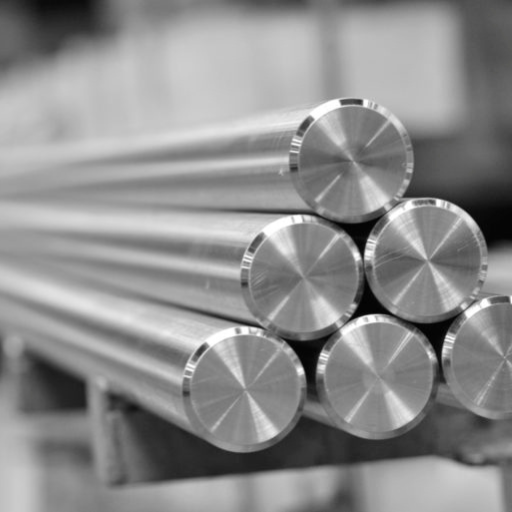
Titanium alloys, known for their high strength-to-weight ratio, corrosion resistance, and mechanical stability, are widely used in aerospace, automotive, and medical industries. Among them, TA9 and TC4 are two representative titanium alloys with excellent compressive properties.
Compression Properties of TA9 and TC4 Titanium Alloys
TA9 Titanium Alloy
TA9, a Ti-Al alloy, exhibits superior yield strength, creep resistance, and thermal stability. The aluminum content enhances its high-temperature mechanical properties, minimizing deformation under extreme stress. These characteristics make TA9 an optimal choice for aerospace propulsion systems, including jet engine components and hypersonic vehicle structures, where materials must withstand high thermal and mechanical loads.
TC4 Titanium Alloy (Ti-6Al-4V)
TC4, a (α+β) titanium alloy, is valued for its high tensile strength, yield strength, and resistance to plastic deformation. Its compressive strength surpasses conventional titanium alloys, particularly in low-temperature and ambient conditions, ensuring structural integrity under high mechanical loads. These properties make TC4 the preferred material for load-bearing aerospace structures, high-performance automotive parts, and biomedical implants.
Influence of Processing Technologies on Compression Performance
Heat Treatment
Optimizing the microstructure and phase composition of TA9 and TC4 through precise heat treatment enhances compressive strength and creep resistance. In TA9, solution treatment and aging refine grain boundaries, improving high-temperature stability. For TC4, beta annealing and stress relief treatments adjust α+β phase distribution, increasing compressive yield strength and fatigue resistance.
Forging and Rolling
Controlled deformation processing through hot forging and cold rolling refines grain morphology, improving mechanical anisotropy and compressive strength. Strict temperature and strain rate control in TA9 processing prevents grain coarsening, ensuring uniform mechanical properties. TC4 benefits from thermomechanical processing, where dynamic recrystallization enhances ductility and load resistance.
Machining and Grinding
Machining titanium alloys requires optimized cutting parameters to prevent thermal stress accumulation and surface microcracks. High-speed cutting tools, precision grinding, and adaptive cooling techniques improve dimensional accuracy and surface integrity. In TC4 biomedical applications, ultra-fine grinding ensures surface smoothness, reducing implant wear and improving biocompatibility.
Industrial Applications of TA9 and TC4 Titanium Alloys
Aerospace Engineering
TA9, with high-temperature stability and oxidation resistance, is extensively used in turbine blades, exhaust nozzles, and supersonic aircraft structures. Advanced forging and heat treatment optimize its compressive strength, ensuring performance in extreme aerothermal environments. TC4, offering lightweight strength and fatigue resistance, is ideal for airframe components, fuselage structures, and landing gear assemblies, where weight reduction and structural reliability are critical.
Automotive Manufacturing
TC4's high-strength-to-weight ratio and shock absorption capacity make it an essential material for high-performance engine components, suspension systems, and chassis reinforcements. Precision forging and rolling processes enhance compressive strength and fatigue life, improving vehicle durability and fuel efficiency.
Biomedical Engineering
TC4, due to its biocompatibility, corrosion resistance, and mechanical stability, is widely used in orthopedic implants, dental prosthetics, and spinal fixation devices. Nano-finishing and micro-polishing techniques ensure implant longevity and reduced wear debris, enhancing patient safety and post-surgical recovery.
TA9 and TC4 titanium alloys, with their exceptional compressive strength and structural reliability, play a crucial role in aerospace, automotive, and biomedical engineering. Advanced heat treatment, forging, and precision machining optimize their mechanical properties, enabling enhanced performance in extreme environments. As manufacturing technologies evolve, the applications and performance potential of these alloys will continue to expand, driving innovation in high-performance engineering sectors.




